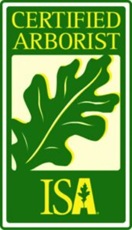A healthy oak or ash can frame a yard, shade the porch, and lift property value. When that same tree starts dropping limbs or the crown thins out, many San Antonio and Boerne homeowners feel helpless.
Landscapers often get a frantic call only after crunchy leaves litter the grass or a storm tears a branch free. Knowing the causes of tree death before the damage is done saves money, avoids injuries, and supports the unique Hill Country landscape we pass to the next generation.
Understanding Why Trees Die: Recognizing the Causes
Every dead trunk tells a different story. Some failures trace back to last summer’s drought, others to a bad pruning cut five years ago. If you misread the warning signs, a treatment may do nothing or, worse, speed up decline. By matching symptoms to the right cause, you can focus efforts, choose the correct product timeline, and decide when removal is wiser than repair.
Lack of Water and Drought Stress
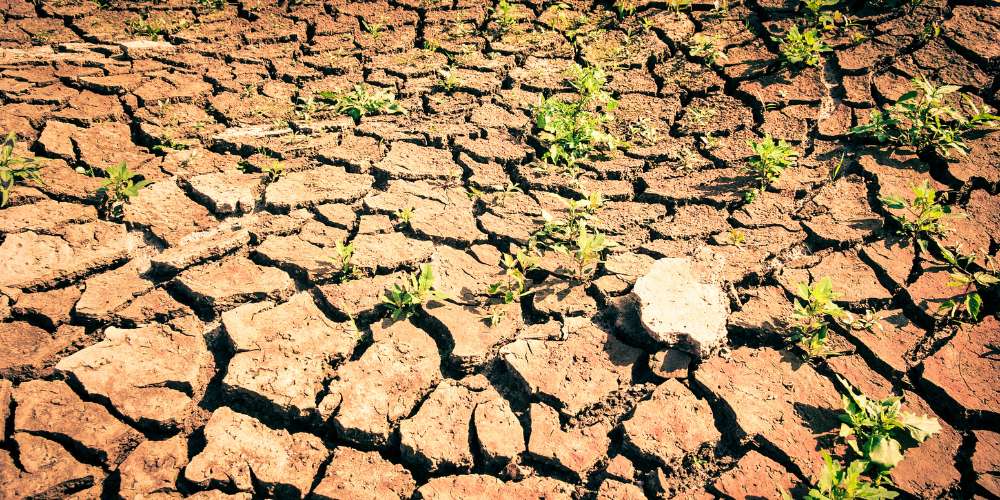
Central Texas swings between flash floods and long dry spells. During a week of triple-digit afternoons, a mature live oak can lose hundreds of gallons through its leaves that never get replaced if sprinklers run for only a few minutes. Young maples, crepe myrtles, and newly transplanted oaks suffer first.
Leaves curl, edges scorch, and small twigs snap like dry pasta. These signs mean the tree is short on water. Give it a slow, deep drink: one inch at the drip line once a week. This cools and hydrates the roots. Spread 2–3 inches of mulch outside the root flare. The mulch keeps moisture in and can lower soil temperature by about 10 °F.
Soil Problems and Root Damage
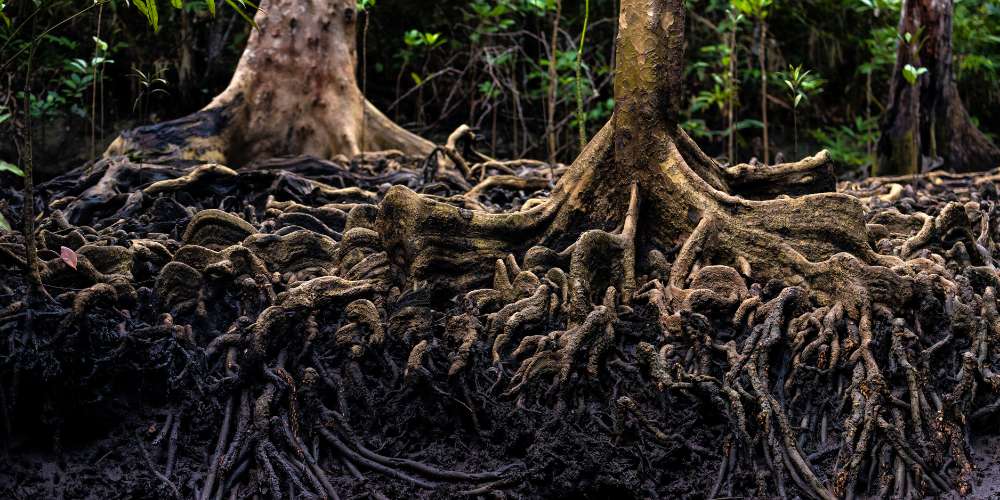
Clay soil west of I-10 holds water. Hill Country soil loses it fast. Both stress tree roots. Trenches, wider driveways, or deep lawn aeration can slice the roots that keep a tree standing.
Watch for mushrooms at the trunk, soil cracks, dead surface roots, or a new tilt. These signs show hidden root damage. Keep machines and parked cars off the root zone. Call a certified arborist before digging closer than twice the trunk’s width.
Pests and Tree Diseases
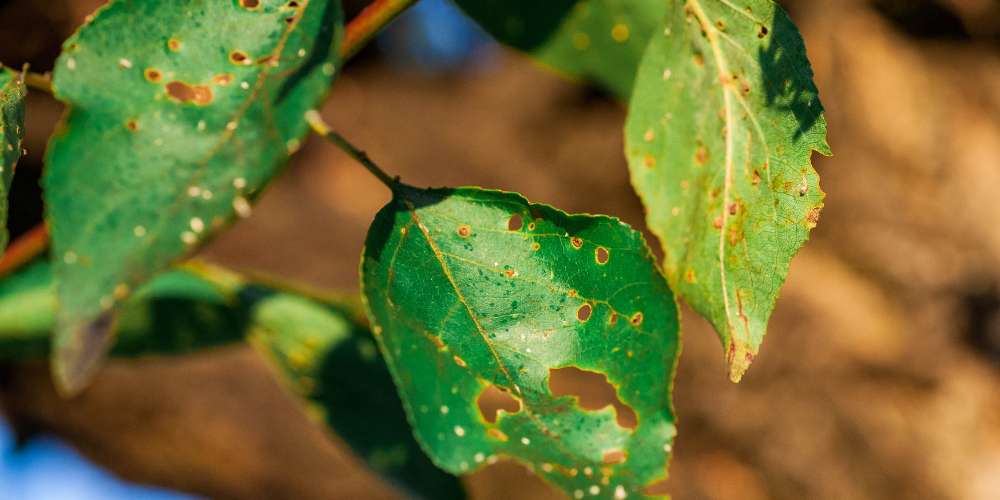
New threats keep turning up. These include oak wilt, emerald ash borer, hypoxylon canker. Sick trees often show blotchy leaves, sticky bark, or small round holes from borers. And on top of that, if there is a risk of drought, it makes everything worse.
Clean pruning tools with a 10 % bleach mix. Seal fresh cuts on oaks right away. Each spring, check vulnerable trees for color changes. Quick action can stop one infection from spreading to the rest of the street.
Storms, Lightning, and Harsh Weather
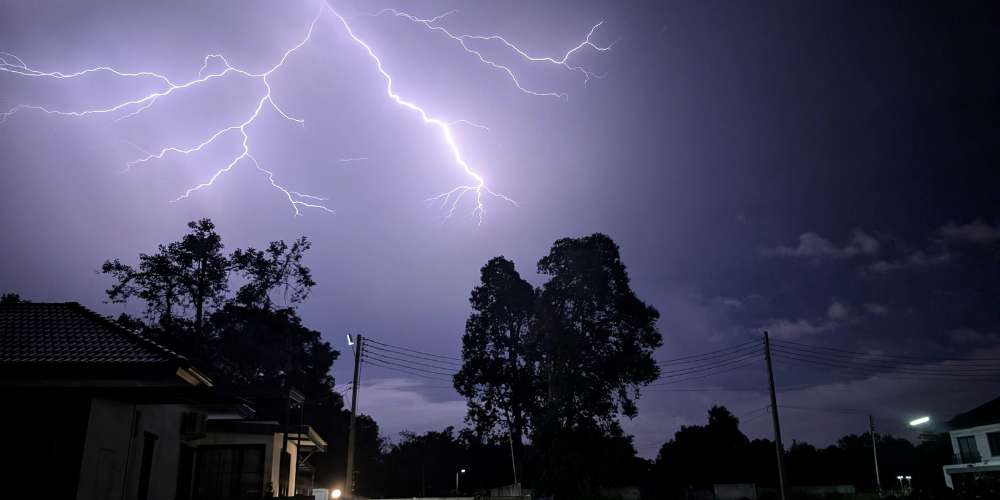
A spring squall blowing off the Gulf can snap a brittle hackberry or Arizona ash in seconds. Hail shreds foliage and strips protective bark. Lightning vaporizes sap, blasting bark across the yard. Even if the trunk stands, internal wood fibers may be cooked, creating hidden dead tree risks long after the clouds clear.
After every strong storm, inspect the canopy for hanging branches, fresh cracks, or piles of sawdust made by carpenter ants moving into softened wood. Removing broken limbs and installing flexible cabling can save what is left of the canopy and keep your family safe.
Human Mistakes and Poor Maintenance
Topping, where someone hacks main branches to flat stubs, triggers rapid sprout growth that breaks off in the next wind. Excessive fertilizer kills roots and encourages aphids. The base has weeding scar,s which allow fungi to enter.
These simple errors rank high among common reasons trees die, yet they are easy to avoid. Train mower crews to keep equipment away from trunks, follow a soil test before adding fertilizer, and hire professionals who prune to natural growth points instead of chopping indiscriminately.
Old Age and Natural Decline
Like people, trees have lifespans. A Monterrey oak can thrive for seventy years, while a cedar elm may push past one hundred and fifty. Once energy reserves drop, growth rings narrow and the immune system weakens.
Cavities, large dead branches, and sparse foliage are normal in the final stages, but they still threaten cars and power lines. Recognizing when a stately giant has entered irreversible decline lets you plan removal before gravity does the job.
Risks of Dead or Dying Trees
A brittle limb falling from thirty feet can crush a roof, pierce a fence, or pull down service lines. Insurance rarely covers damage caused by neglect. Rotting trunks also invite termites that migrate to nearby homes.
Beyond safety, losing mature trees increases cooling bills and reduces storm-water absorption, adding hidden costs to the community. Dead tree risks extend to neighborhood values, too; studies show buyers rate bare lots lower than shaded ones.
Prevention and Solutions – How to Prevent Trees from Dying

Most causes of tree death can be slowed or stopped. Here is how to prevent trees from dying:
- During drought, water every 7–10 days. Aim for one inch at the drip line.
- Spread a three-inch mulch ring, but keep mulch off the trunk.
- Get a professional checkup every 2–3 years, or sooner after building work or a big storm.
- Prune in late winter to cut weak branches and let air move through.
- Fertilize only if a soil test shows a need. Too much nitrogen invites pests.
- If you see oak wilt or odd insect activity, call a licensed arborist at once.
Certified arborists can spot hidden rot, add lightning protection, and use treatments that homeowners can’t.
FAQ – Why Do Trees Die? Common Causes
Q1. What are the most common reasons trees die?
Trees often die due to drought stress, soil or root damage, pests, diseases, storm damage, poor maintenance, or simply old age.
Q2. How can I tell if my tree is dying?
Warning signs include thinning leaves, brittle branches, peeling bark, visible fungi at the base, or a leaning trunk.
Q3. Can a dying tree be saved?
Yes, in many cases. With proper watering, pruning, soil care, and pest treatment, trees can recover—if decline isn’t too advanced.
Q4. When should a dying tree be removed?
If a tree has large dead branches, deep cracks, hollow sections, or leans dangerously near a home or power line, removal is safest.
Q5. How do I prevent trees from dying?
Water deeply during droughts, mulch properly, prune correctly, avoid root damage, and schedule regular arborist inspections.
Conclusion
Most tree troubles start small and stay hidden with the amazing compilation of important information, such as common causes, early warning signs, and how to act fast to protect your property, budget, and Hill Country trees.
Still, if you require some assistance for a more complicated case, or if you have any query related to any information above, call Tree Amigos Tree Service. We can help with an inspection or safe removal before it grows into a costly emergency.



